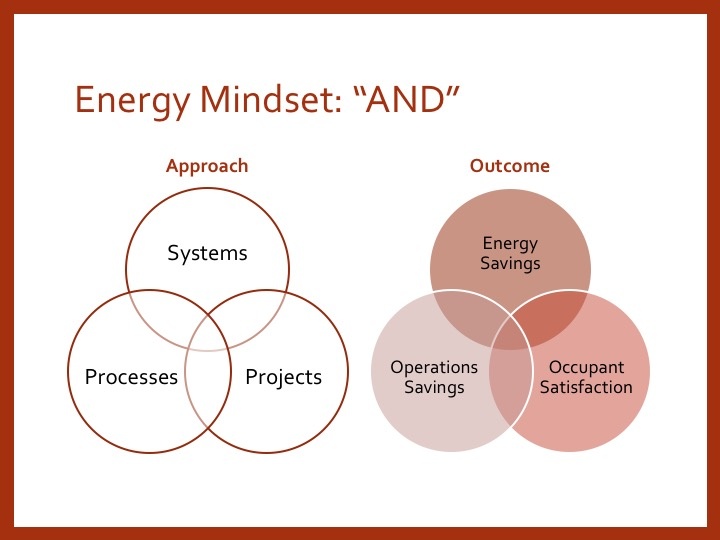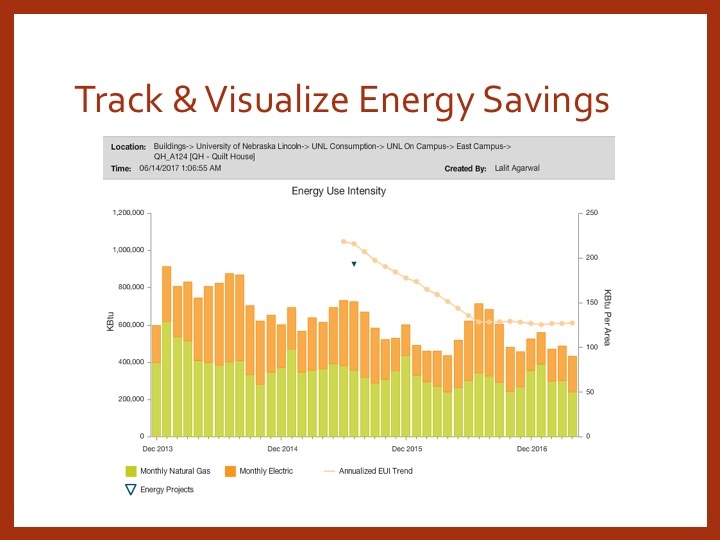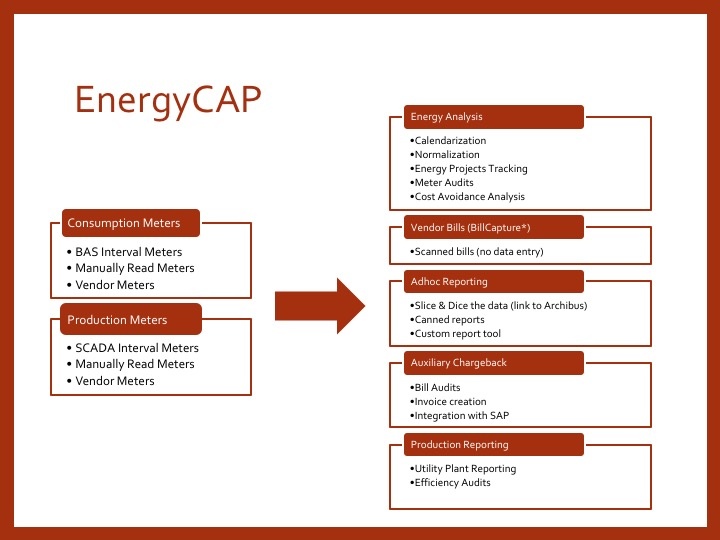A large number of facilities with widely varied uses—administration, classroom, laboratories, athletics, parking, medical, etc.—a diverse group of occupants, long operating hours, multiple funding sources, and consistent growth combine to make energy management at a large public university a complex undertaking. Lalit Agarwal, Director of Facilities Systems at the University of Nebraska-Lincoln (UNL), recently presented a webinar titled “The Ins and Outs of Campus Energy Data” to explain how UNL has integrated numerous systems—including EnergyCAP—and internal teams to establish a program that is successfully reducing energy consumption across campus, while maintaining occupant comfort.
UNL was chartered in 1869 as a land grant institution, boasts an enrollment of more than 23,000 students, and encompasses more that 15 million square feet of facilities. The University installed its first energy management control system in the early 1980s and merged its controls and maintenance systems in the early 2000s. Since then, UNL has continued to expand, refine, and integrate its energy, maintenance, and accounting systems to form a sophisticated network that monitors building operations, generates work orders, streamlines utility bill processing including chargeback “invoice” generation, performs M&V, and provides detailed insight via dashboards and reporting. Lalit explained that, “The real power is when we make [our individual] systems talk to each other.”
{{cta(’70c67fcf-cd52-4c08-9e3c-a6f673276047′,’justifycenter’)}}
Lalit also outlined that the university’s facilities management operation is governed by the “Energy Mindset of ‘And.’” As the image below illustrates, the “And” reflects the university’s priority to evaluate all projects and actions based on expected energy savings, decreased operating costs, and the comfort of building occupants:

Multiple examples of energy- and cost-saving projects are presented in the webinar:
- By basing fan, pump, and motor preventive maintenance on run-hours instead of calendar intervals, the average maintenance work order frequency was reduced from six months to once every 10.5 months, producing a 30% cost savings. Other benefits included a 55% reduction in labor hours, 50% fewer filters, lower energy consumption, and improved indoor air quality.
- When commissioning an addition to an on-campus museum, UNL recommissioned the original structure. Resulting system improvements produced a 25% reduction in energy consumption, despite a 36% increase in square footage.
- Additional facility recommissioning projects have resulted in a 17% reduction in annual energy cost savings across the campus.
EnergyCAP plays an important role in UNL’s facility management efforts, serving as the centralized database for auditing, analysis, M&V, chargeback calculations, and reporting. The EnergyCAP EUI chart below illustrates reduced energy use upon completion of a recommissioning project.

The University’s utility bill processing workflow has also been streamlined by incorporating EnergyCAP’s Bill CAPture℠ service for utility bill import and interfacing with SAP for efficient bill payment. The efficiencies help to solidify EnergyCAP as a foundational tool within UNL’s broad energy management, sustainability, and facility maintenance operation.

We greatly appreciate Lalit’s time and willingness to share his team’s efforts and successes via the webinar. If you were not able to attend the live webinar, I encourage you to set aside some time to view the recorded webinar, which can be accessed online at https://www.energycap.com/resources/webinars. I’m confident that you will find the information presented to be valuable to your facilities management operation.
{{cta(‘f983dc10-e279-4495-87a2-787cd74219a3′,’justifycenter’)}}
 Best-in-class portfolio-level energy and utility bill data management and reporting.
Best-in-class portfolio-level energy and utility bill data management and reporting.
 Real-time energy and sustainability analytics for high-performance, net-zero buildings.
Real-time energy and sustainability analytics for high-performance, net-zero buildings.
 A holistic view of financial-grade scope 1, 2, and 3 carbon emissions data across your entire business.
A holistic view of financial-grade scope 1, 2, and 3 carbon emissions data across your entire business.
 Energy and sustainability benchmarking compliance software designed for utilities.
Energy and sustainability benchmarking compliance software designed for utilities.





